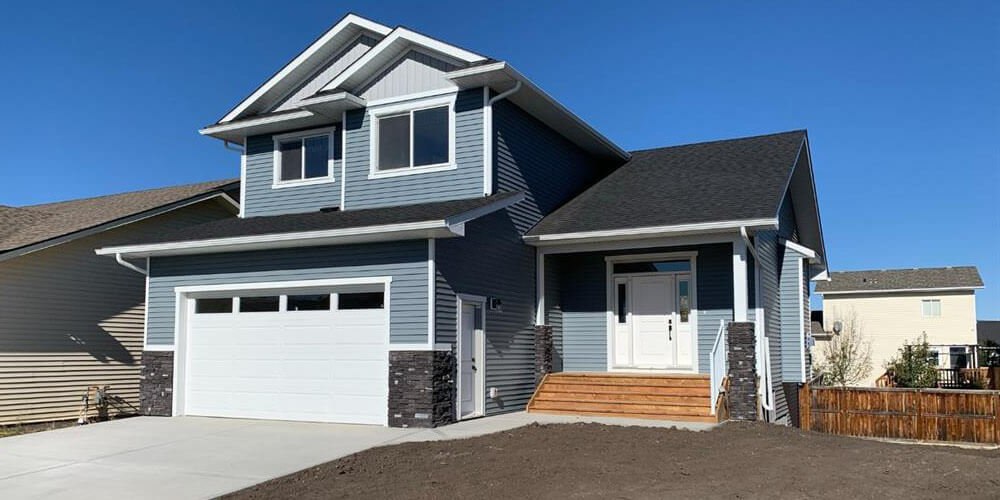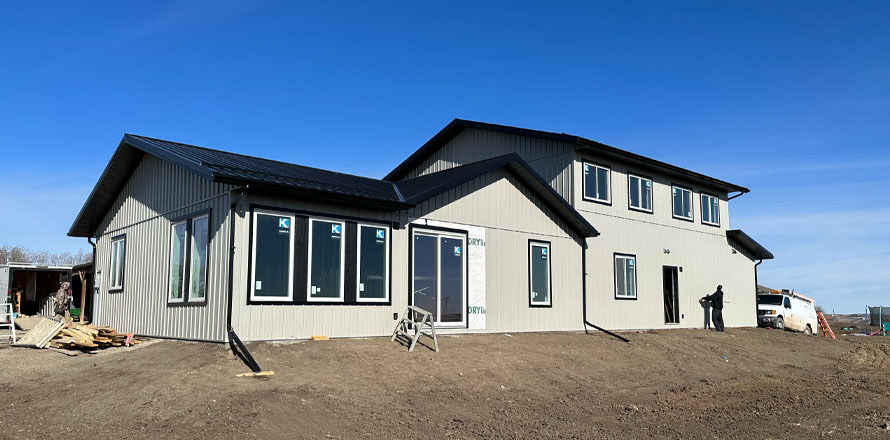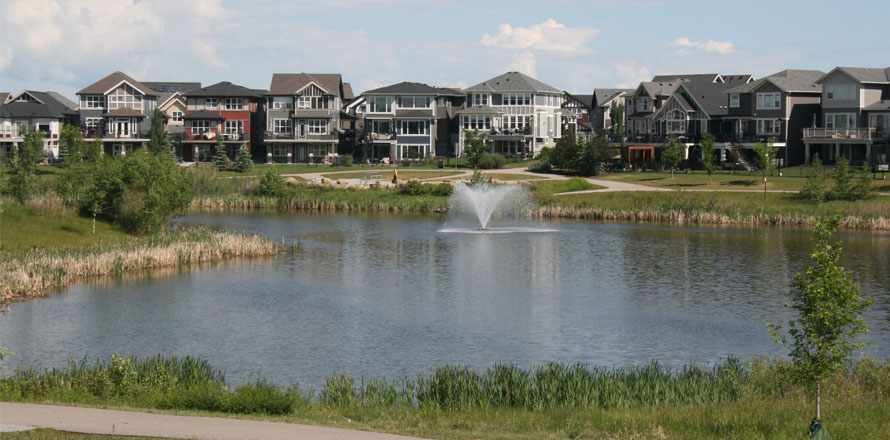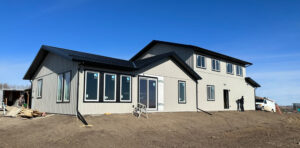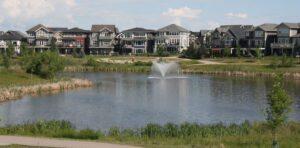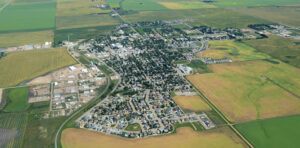Updated for 2026: This guide has been refreshed to reflect current considerations for planning, permits, and smart design choices when building in Carstairs, Alberta.
So, you’re ready to build a custom home in Carstairs, Alberta, but you want a little more space and value than you might find in Calgary or Airdrie. Carstairs continues to be a great option for families and homeowners who want bigger lots, a quieter pace, and quick access to city amenities, all without feeling boxed in.
Quick take: Building in Carstairs is absolutely straightforward, but it helps to understand a few local rules and practical realities before you finalize your plan, choose your lot, or start the permit process.
Details can vary depending on your specific lot and residential zone. If you need exact wording or current requirements, reference the official municipal bylaws and confirm details with the Town during your planning stage.
Things to Know Before Building a Home in Carstairs, Alberta
Are you wondering what to do before building a custom home? You’re not alone. Below are five Carstairs-specific considerations we often see come up early in the design and planning phase.
1) How high can you build a home in Carstairs?
While every county, subdivision, and neighbourhood can have its own guidelines, Carstairs has a general height restriction for residential structures. This is commonly set at 10 metres (about 33 feet) from the front grade, meaning from the top of the soil at the front of the house. In many cases, that allows for two floors plus a walkout basement, depending on your lot and design.
It’s also helpful to understand how nearby rules can differ. For example, in Mountain View County, which surrounds Carstairs, the height limit is measured from the average grade around the home’s perimeter. If you’re planning a walkout basement, that difference in measurement can make a two-storey home more challenging to execute cleanly.
2) Why are lots in Carstairs often bigger and better value?
If you’re tired of narrow, cookie-cutter lots in larger centres, Carstairs and the surrounding area can feel like a breath of fresh air. Home parcels are often wider and larger, and the cost can be meaningfully lower than what you might see in Calgary or even Airdrie. More width and depth opens up options like three-car garages, tandem bays for backyard access, and stronger curb appeal without forcing compromises.
That extra space matters in the day-to-day. Instead of squeezing down a tight side passage, more generous side yards give you room for walkways, patios, fencing, rock gardens, and practical storage access. In many areas around Carstairs and Mountain View County, side yards start at a minimum of five feet wide, measured from the property line. That can create 10 feet or more of uninterrupted space between two adjacent homes.
One note to keep in mind: while some properties are less expensive, taxes can be higher on a percentage basis because the commercial and taxpayer base is smaller than a major city. In many cases, this evens out because taxes are calculated on a lower assessed home value, but it’s still worth factoring into your long-term budget.
3) Why build “to last” matters more in smaller communities
Carstairs bylaws can make it difficult to move buildings once they’ve been placed on a property. Whether it’s a workshop, detached garage, or even a shed, relocating it later can involve significant legal steps. In many cases, moving a building from another property into town is not permitted unless you have a specific development permit, approved plans, and a paid performance bond.
In plain terms, pre-built structures that used to sit elsewhere, or mobile homes in general, are often not the best fit for Carstairs. If you’re building here, it makes sense to plan a home that is designed properly from the start, built well, and intended to stay put for the long haul.
4) Which permits do you need to build in Carstairs?
Whether you’re adding a small deck or constructing a brand-new home, the right development and construction permits matter. Permits help ensure work meets safe standards for structure, utility connections, and the surrounding environment. They also account for practical community impacts like noise and waste disposal, which helps keep day-to-day life smooth for everyone nearby.
Smaller towns are built on being a good neighbour, and the permit process is one way the Town helps keep projects safe, organized, and respectful of the community.
Speaking of which:
5) How to stay neighbour-friendly while building
Many Carstairs construction bylaws in residential areas are designed to minimize conflict between neighbours. That can include rules around signage, light blocking, parked vehicles, traffic routing, accessory buildings, and projections.
Before you build, consider how your home and site plan could affect surrounding lots. Will you block sunlight? Will roof runoff land where it should not? Will landscaping interfere with conservation requirements related to natural drainage courses, trees, shrubs, and native plants?
When you move into a community, you become part of it. If you plan to be in your home long-term, you’ll likely have the same neighbours for years. It’s worth building in a way that supports good relationships from day one.
Still exploring your options? You can compare other Central Alberta towns and counties to find the right fit for your lifestyle and future plans.
Custom Home Building in Carstairs, Alberta
You don’t need to become an expert in every bylaw or permit detail to build well in Carstairs. Working with professional Carstairs home builders makes the process clearer, smoother, and far less stressful, especially when you’re planning around local requirements and lot-specific constraints.
We’re not here to mass-produce homes for everyone. We take pride in every home we create, whether it’s a fully customized plan or one that’s “Move-In Ready”. We never cut corners, rush into or out of a job, or walk back on our New Home Warranties. In short, we’re here for the long haul, because we know when it comes to a home, you are, too.
Interested in designing or finding a home that’s a perfect fit for you in Carstairs and central Alberta? We’re always willing to chat and help bring your vision to life. Reach out today and let’s get started.
Related Reads: Building in Nearby Alberta Communities
If you’re comparing communities before you build, these guides can help you understand how local considerations can change from one town or county to the next:
